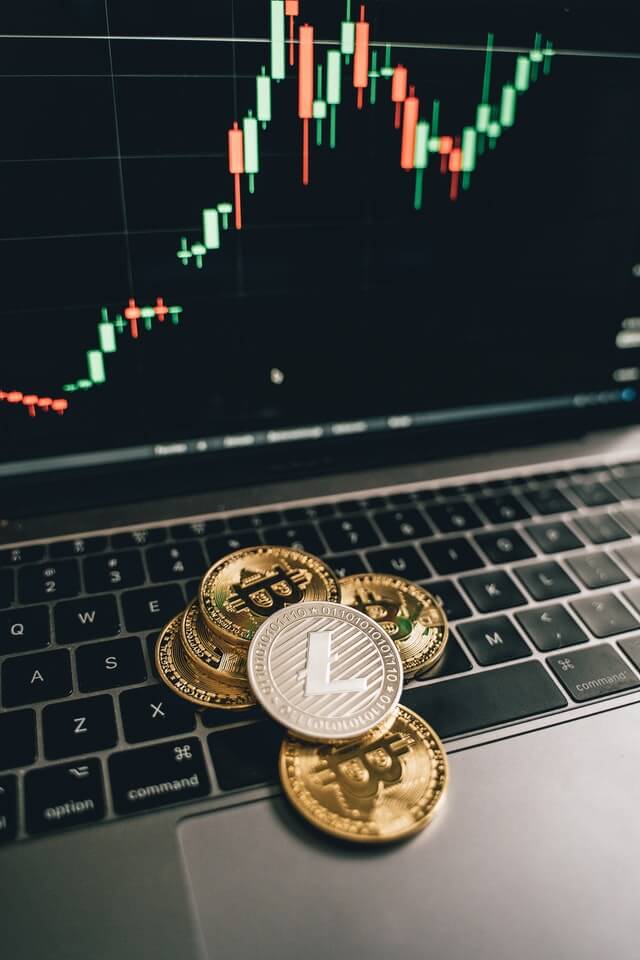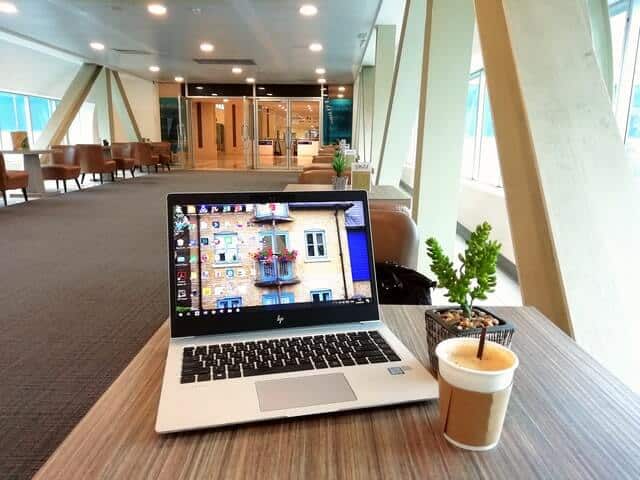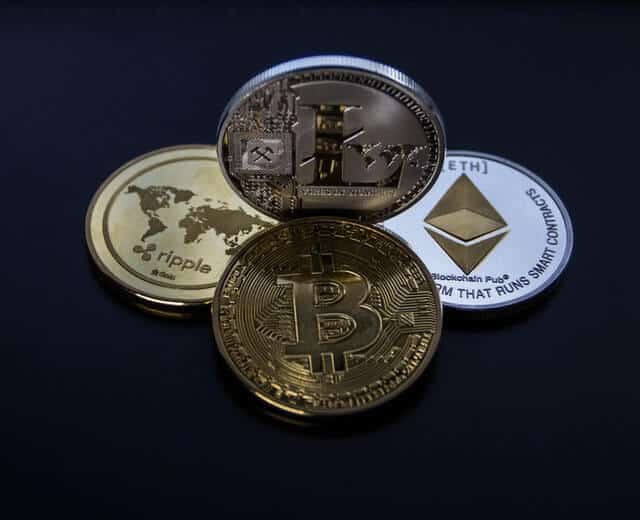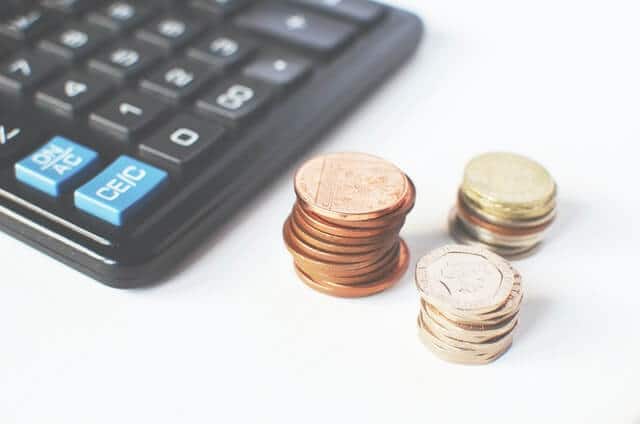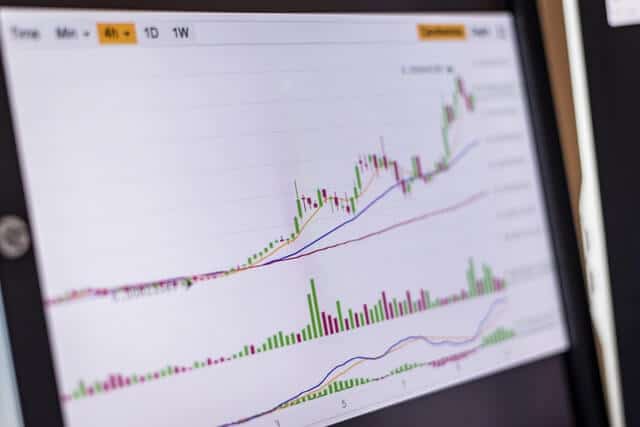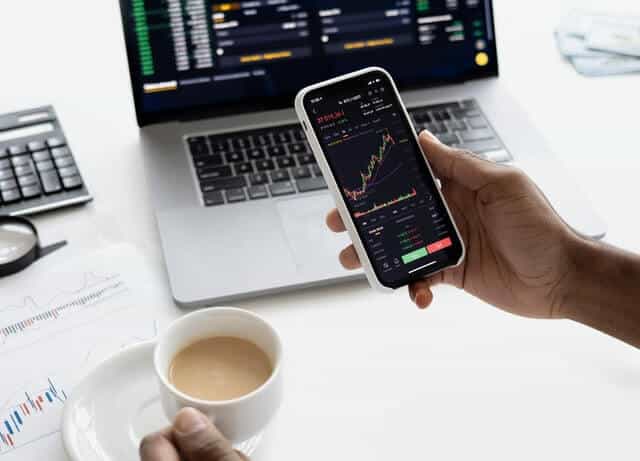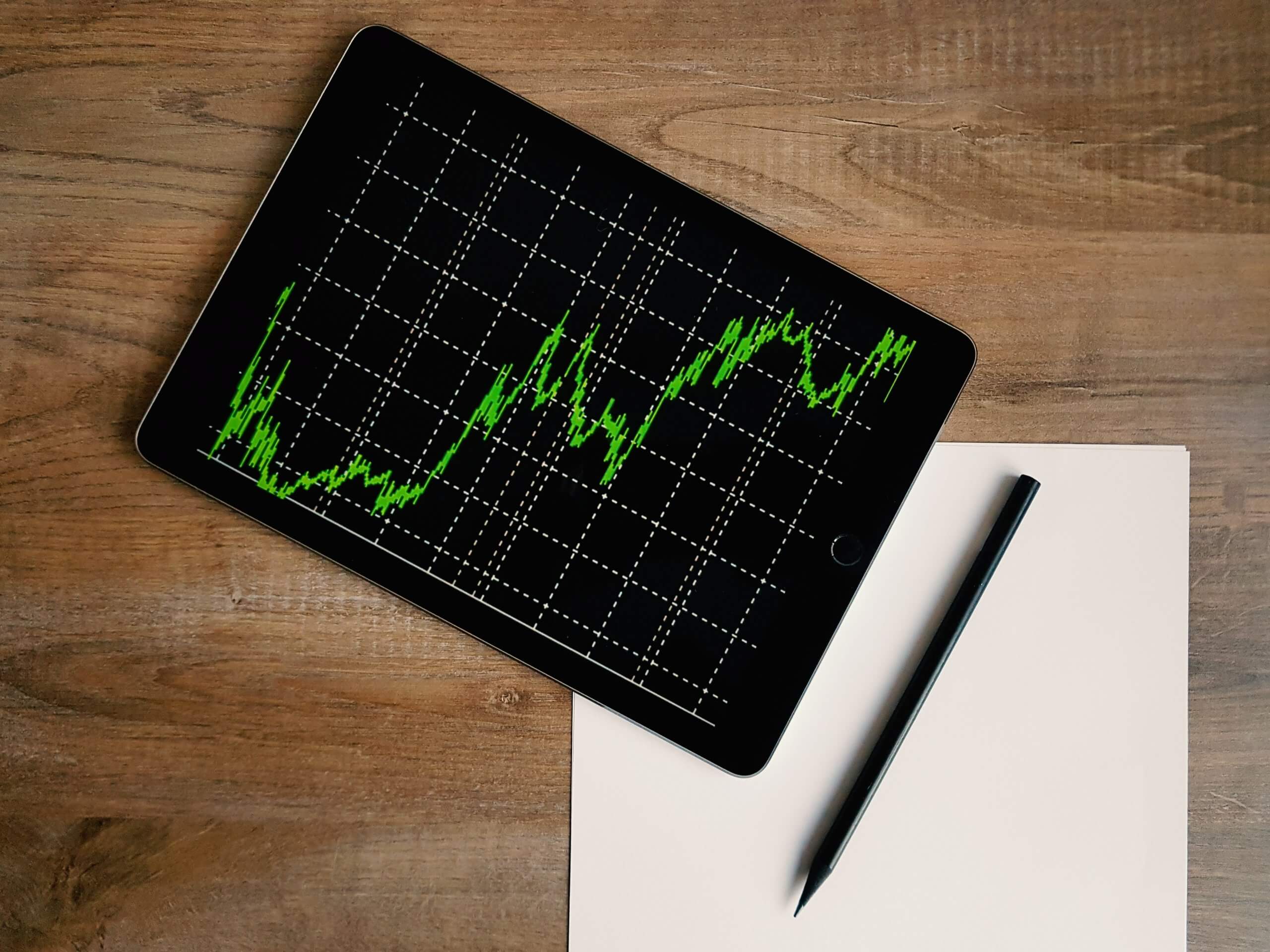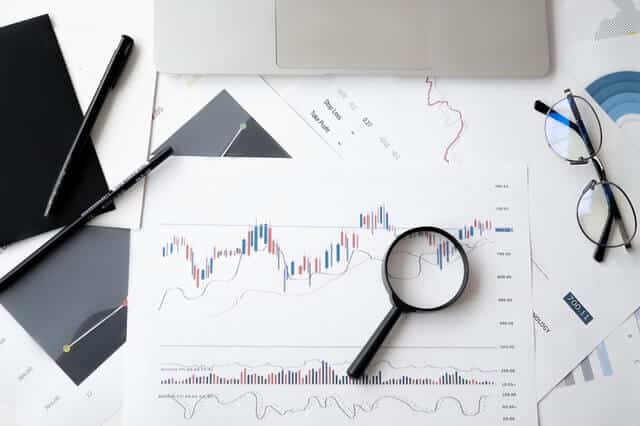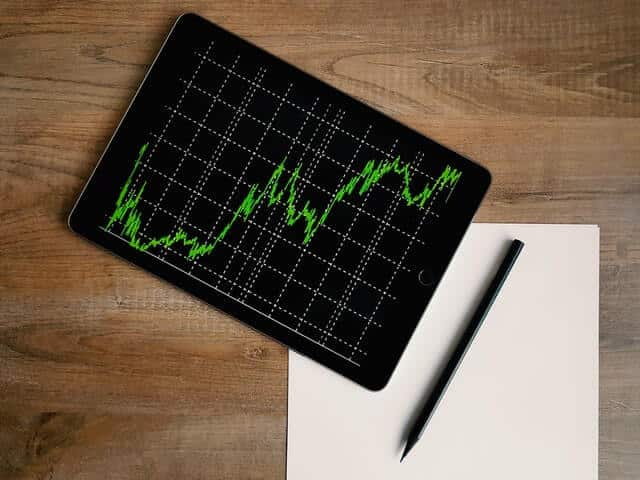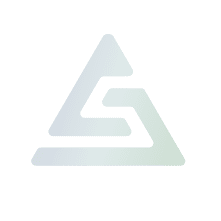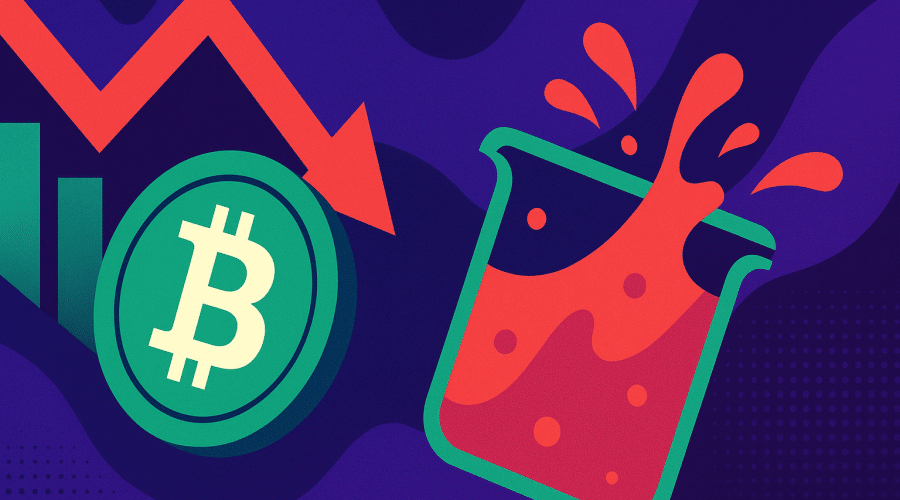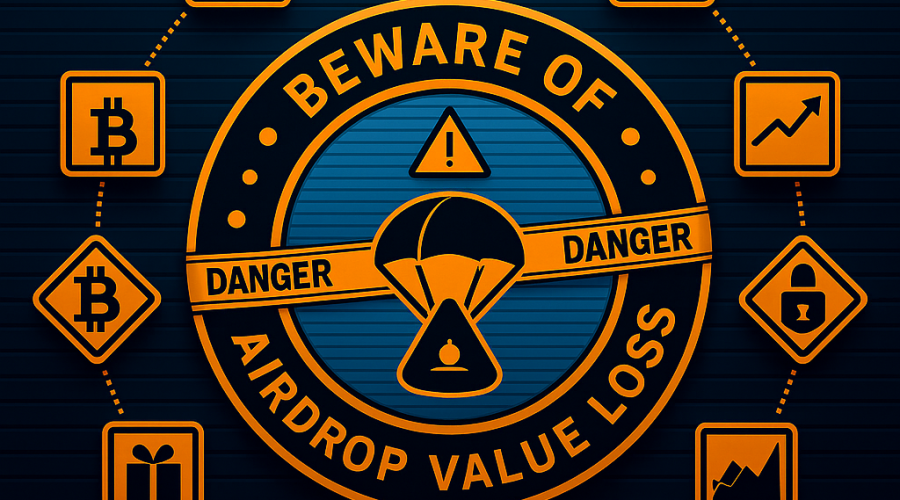When we talk about Bitcoin (BTC) we need to understand where they come from. It is not easy to understand for newcomers that new BTC coins are not created by a central authority. They are generated by miners that protect the whole Bitcoin network and process transactions.
But where Bitcoin come from exactly? In this guide and in the next few sections we will share with you all the details about where Bitcoin come from and how they are created. You will see that this is more difficult than many supposed.
Disclaimer: the information shared by AltSignals and its writers should not be considered financial advice. This is for educational purposes only. We are not responsible for any investment decision you make after reading this post. Never invest more than what you are able to lose. Always contact your professional. financial advisor.
Where Bitcoin Come From?
As we mentioned before, Bitcoin is created through a process called Bitcoin mining. This is one of the main economic activities in the Bitcoin market as miners process transactions that are then added to the public ledger.
This process is more difficult than many suppose, but we will go into the details in the next sections. Bitcoin is rewarded to miners that process transactions because it is an activity that requires large investments and energy.
If you want to trade Bitcoin and other virtual currencies, you can always follow AltSignals trading signals.
Thus, a person or a company that decides to mine Bitcoin, they are making large investments in order to be rewarded with new BTC. At the moment, the reward is 6.25 BTC per block. One block in the Bitcoin network is usually processed in 10 minutes.
That means that 900 new BTC are released to the market every single day. Additionally, the BTC mined get reduced every 4 years. That means that rather than mining always 6.25 BTC, the rewards are reduced. For example, before May 2020, 12.5 BTC were rewarded per block, meaning that there were 1,800 BTC created per day. And four years before (2016) 25 BTC were rewarded per block.
In the future, close to May 2024, the BTC reward per block is expected to go down to 3.125 BTC. In this way, there would be only 450 BTC mined per day. This is how new Bitcoin are created and released to the market. Miners can then sell the BTC or could simply hold them. However, as they have fixed expenditures, part of these BTC are sold to pay for the whole operations.
How Long Does it Take to Mine 1 Bitcoin?
But how long does it take to mine 1 Bitcoin? Well, it highly depends on the equipment you have and the hash rate you produce. Solo mining (mining without pooling your resources with other miners) is almost inexistent or only available for large mining farms.
As an individual miner, you might have to mine BTC using your own equipment and a mining pool. These pools gather miners that are not able to sustain their own operations so as to be able to find blocks and get rewarded with BTC.
How long does it take then to mine 1 Bitcoin? It would depend. However, you should have a large mining setup, and be able to run it consistently on a daily basis. It may take longer than just a simple month in some cases. But as mentioned before, the larger your hash power, the easier it would be for you to mine Bitcoin.
At current prices, 1 BTC is worth $50,000. If you had good mining equipment and you were consistent with your mining activities, this is something that you can achieve in a year. However, of this whole BTC, you will have to cover up expenses, including the electricity bill and possible hardware replacement or needs.
How to Mine Bitcoin?
If you want to mine Bitcoin, the first thing you should do is buying mining hardware. This is not a simple thing. Indeed, you should find availability for the hardware you want to buy and wait a long time until you receive it. In some cases, the waiting could last 6 months.
Instead, if you want to mine other virtual currencies, this could be easier. You just need some GPU cards and a mining pool. If you want to mine Bitcoin, you should also make sure that you have a stable internet connection, you should also check whether in your country this is legal and if your electricity connection is stable enough to support your activities.
Once you take all these things into consideration, you are ready to go and mine Bitcoin. Selecting a mining pool would also be a key thing as it would take a small fee from you to mine with them.




